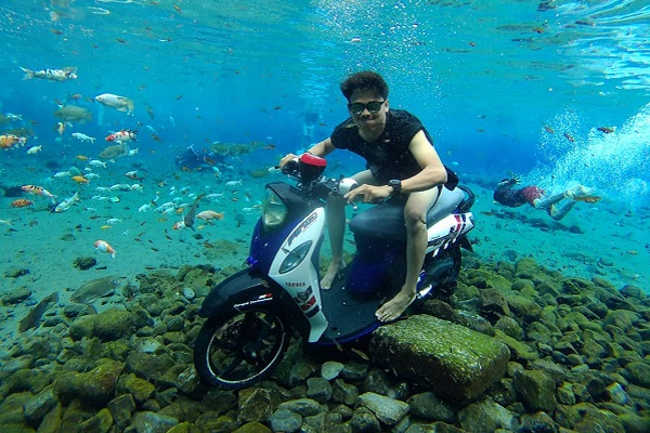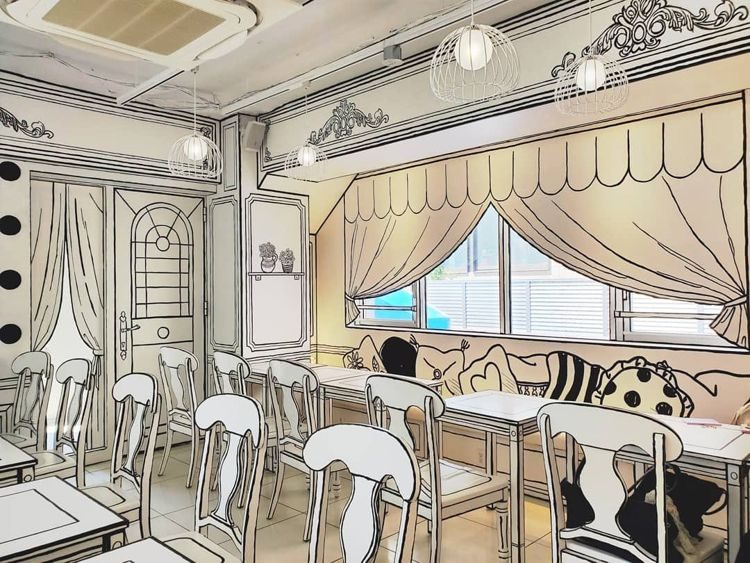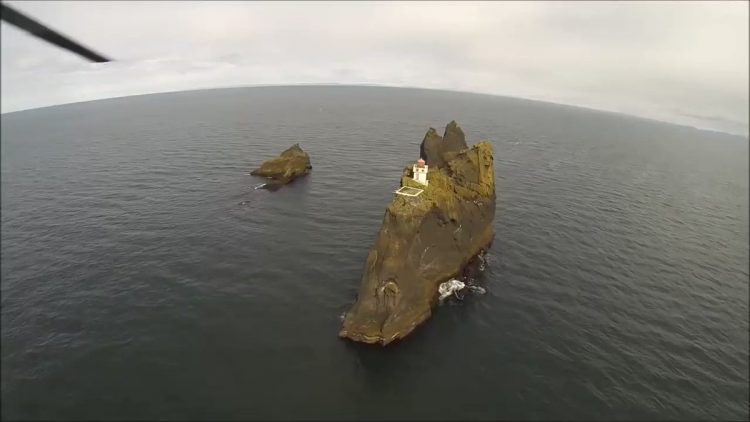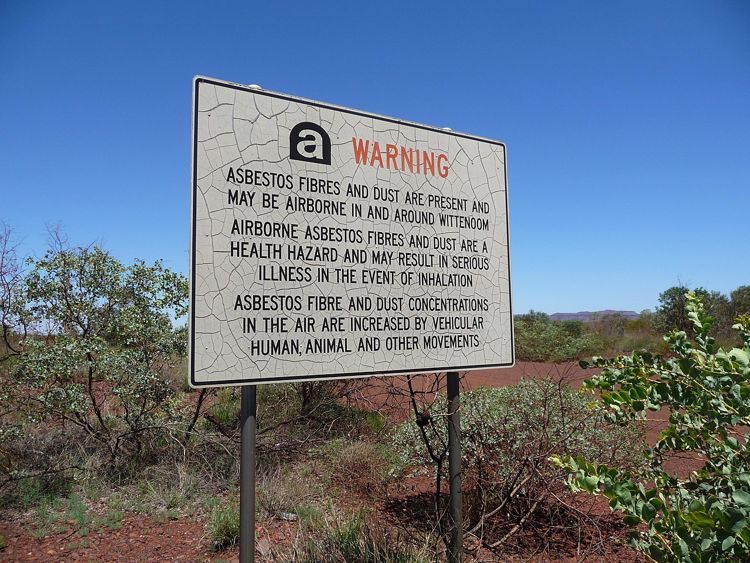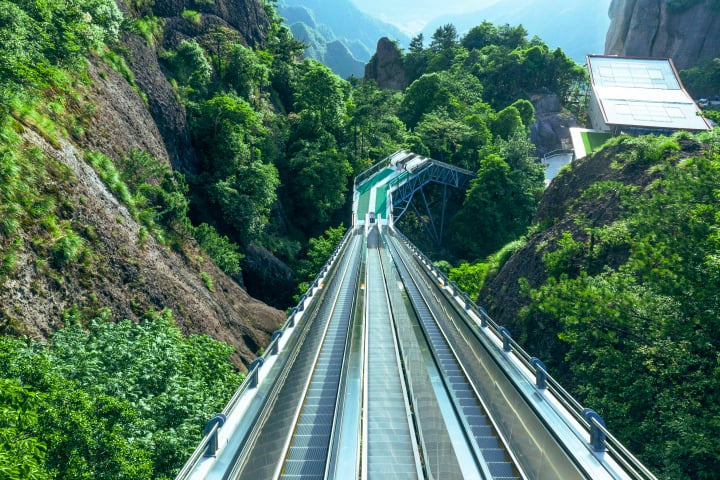Nights out on the town are much better when shared with friends or loved ones, but while most bars and clubs around the world welcome groups, one particular Tokyo establishment only welcomes parties of one.
Hitori, a small bar in Tokyo’s Shinjuku neighborhood, has a very particular admission system – everyone is welcome as long as they come alone, no groups allowed. They make that abundantly clear from the front door, where a sign informs would-be patrons that this is a “bar limited to parties of one”. If you and your work buddies want to get a beer after a long day, or if you’re on a date with a special someone, this is most definitely not the place for you. But that doesn’t mean Hitori is a bar for loners or the socially awkward, quite the contrary…




